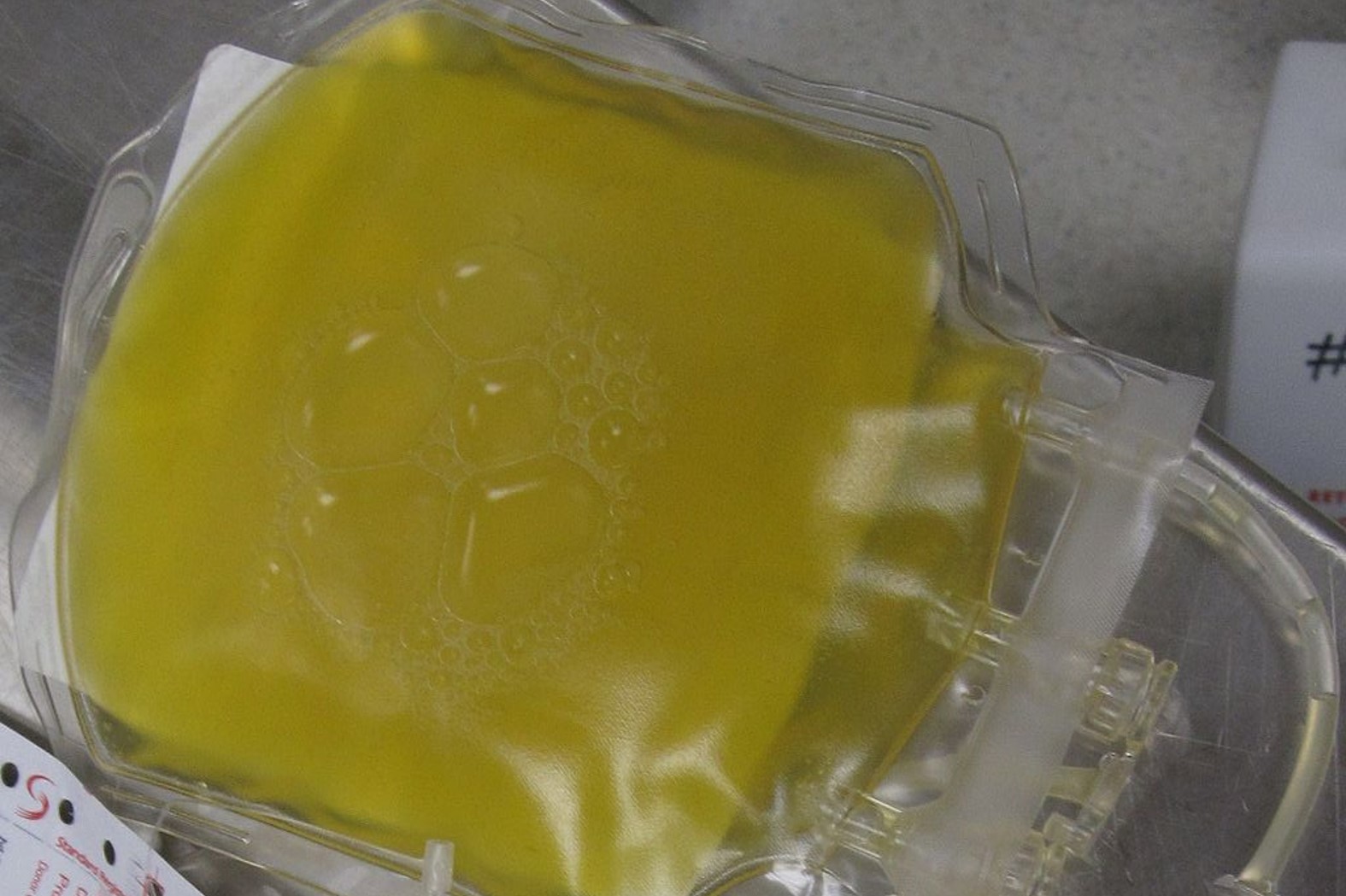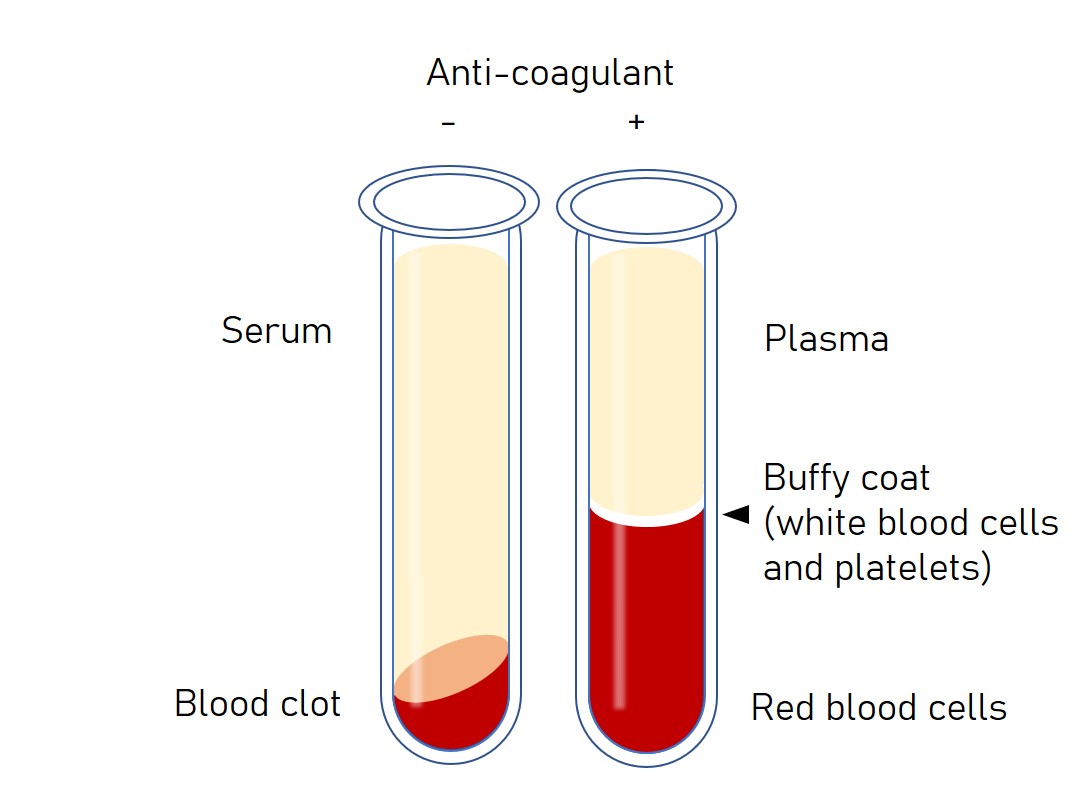Serum vs Plasma: Do you know the difference?

Not all scientists are aware of the difference between serum and plasma. So let’s explain. As well as red and white blood cells and nutrients, blood contains fibrinogen and blood clotting factors which cause clotting when blood is exposed to air. This clotting is important to prevent excessive bleeding following injury. The action of these clotting components can be stopped using anti-coagulants and this prevents any clots from forming.
Blood plasma and serum are different preparations of blood that are generated depending on whether or not an anticoagulant is added to the blood sample at the point of collection. The addition of anti-coagulants to prevent clot formation is important, for example, if the blood is being used for transfusion, and also preparing serum for use in cell culture.

How are sera and plasma made?
Plasma
Starting with whole blood, if an anticoagulant is added immediately after collection, then coagulation is prevented and all components are kept in suspension. If you just leave this blood sample alone without mixing, then all the components will settle out. The heavier cells will sink to the bottom. This results in a clear liquid at the top. This clear upper layer is plasma which is essentially all the components of blood minus the cells. Under centrifugation, a layer of white cells called the buffy coat forms between the plasma and red blood cells. Plasma retains fibrinogen.
Serum
If we don’t add any anti-coagulant then the clotting factors promote clot formation. These clots which contain fibrinogen as a clotting agent efficiently remove red blood cells from the plasma as a solid mass. Serum forms a larger percentage of blood than plasma and is most widely used in research. This is, at least in part, because it removes the unwanted red blood cells more efficiently generating more volume per unit of blood.
Exosome purification from serum and plasma.
Exosomes can be purified from serum and plasma by simply passing through an Exo-spin™ column. Alternatively, the serum/plasma sample can be processed before column application using the precipitant buffer. Mixing the sample with this buffer, followed by centrifugation, removes many of the components of plasma and sera and allows greater numbers of exosomes to be purified on a single Exo-spin™ column. Further details can be found in our Exo-spin™ guides (See individual products) and the Exosome resource page.
IMAGE Copyright Cell Guidance Systems
 Do you know What's in blood and where is it made?
Do you know What's in blood and where is it made?
 Reprogramming immune cells in the blood to fight cancer better
Reprogramming immune cells in the blood to fight cancer better



